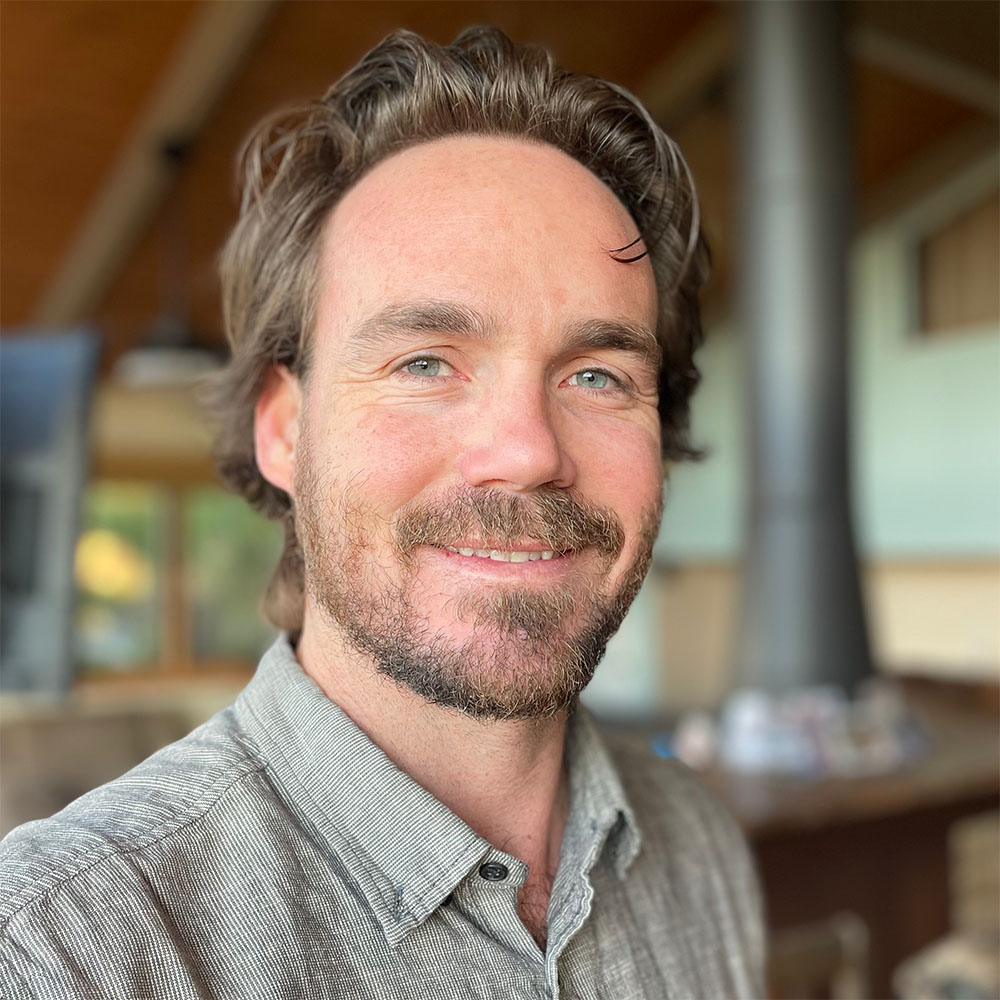When I quit my job working for the National Science Foundation (NSF) under the United States Antarctic Program, I largely did so due to this premise espoused by McMurdo Station’s NSF representative:
“I appreciate that the impacts of COVID, and the mitigations being taken by the program, are challenging. I also appreciate that the risks are perceived differently by each of us depending on our backgrounds and our varying levels of ownership of that risk.”
We have allowed subjective “perceptions” rather than quantifiable risk analysis – one of the primary functions of public health – to control our lives. I hoped I had left the insanity of misguided Covid policies behind me in Antarctica, I was wrong.
I have been reflecting on how policies still abound in the United States that are solely driven by perceptions rather than empiricism and considering whether we are moving away from this erroneous way of thinking. There are some promising signs for such a return to reason, particularly when remembering early policies of the pandemic contrasted with today. But we are still moving at a snail’s pace.
Looking back on my final week living in New York City – the first week after lockdowns commenced – I remember bicycling and driving for the first (and I hope only) time through empty streets. Soon after, beaches began to close in my home state of California. These policies were based on nothing but the perception that moving about would kill people, when in reality, the outdoors is the best environment to avoid SARS-CoV-2 transmission. Like many of our Covid polices, these had quite the opposite of their intended effect, driving people to spend weeks indoors – an environment highly more amenable to transmission.
Thankfully almost no American would now accept the closure of outdoor environments as viable. Unfortunately, another unfounded closure is still being debated in the US – the closure of schools. Europe quickly did all they could to get and keep children back in school with only 14% not in-person opposed to 65% in the US. But panicked American parents, teachers, and news outlets have perpetuated a narrative that SARS-CoV-2 is harmful to children, when the data have always told a vastly different story. The New York Times finally published a penitent article recognizing the harms that we have caused our children, again, far too late.
Europe also followed comprehensive scientific reasoning to limit the masking of children. They recognize the minimal benefits and the immense harms of such policies. Yet, children continue to cover their faces on campuses across America.
The United States have vast global influence, and setting such terrible precedents based on perception alone gives license to others, like President Yoweri Musevini, of Uganda – a country with a much lower Covid risk profile than aging western populations – to justify horrific school closures and other infringements on human rights in the name of public health with little scrutiny or accountability. And that is only one of many detrimental burdens wealthy nations have exported to the global poor during the pandemic. Our current hoarding of vaccines for unnecessary boosters is another.
Fortunately, recognition of the lack of evidence for some policies, such as population wide protection from masks, is growing. This is particularly important when paired against the amazing protection from immunity. Unfortunately, while Covid vaccines provide excellent individual protection, there are overwhelming data at this point showing they do little to nothing to prevent transmission.
Yet, policy makers are still pushing for further vaccine and booster mandates flying against the face of the evidence. Boosters are being advocated for everyone 16 and older despite a greater risk of myocarditis in males under 40 following just a 2nd dose, than from SARS-CoV-2 infection itself. Evidence continues to be ignored and perceptions continue to drive the premises for closing schools, mandating masks, mandating vaccines, and even burdensome testing protocols for our school children and others.
Dr. Vinay Prasad has made a great case for the limited usefulness and immense uselessness of Covid tests. A primary concern in my mind here is that tests for keeping kids in schools will again result in the opposite outcome. They will mostly provide information of mild or asymptomatic infection that will inevitably keep them out of school in the name of protecting them from a disease that doesn’t harm them. We are conflating the noise of tests with their signal and hindering the healthy. This is harmful enough, but the bigger sin of such obsessive testing protocols is the misallocation of tests away from use cases for protecting the vulnerable.
For example, a friend tells me much of film industry – made up of largely young and heathy and vaccinated adults – is requiring tests every day, leading to frequent staffing shortages (much like those we are seeing amongst health care workers) and massive demand for tests. Repeat these test hoarding protocols across multiple industries of mostly healthy and vaccinated individuals and you are left with the widespread testing shortages we are seeing now.
Might these tests be better used for those who have frequent access to vulnerable individuals such as my 90-year-old grandmother who recently moved into an assisted living home? Last week my brother was not allowed to visit her because he is not vaccinated (even though he has had Covid and has immunity to the virus – something else Europe has recognized that we have not).
My grandmother is also vaccinated, but we know that this protection only goes so far for 90-year-olds, who, even vaccinated, still have extremely higher risks of severe Covid outcomes than the school aged children whose parents are hoarding tests. My brother and myself (I had Covid after 2 vaccine doses) would do much better to protect our grandmother and her cohabitants if we could access rapid Covid tests to ensure we are not carrying the virus into her communal home. But rapid tests across Southern California pharmacies are sold out.
Fortunately, discourse has improved surrounding our mistakes during the pandemic, the negative outcomes of our own policies, and even the psychological pitfalls that allow such errors to perpetuate.
Even Biden’s top advisers are now urging him to adopt the strategy of living with the virus. Whether or not there is enough consensus on this way of thinking (known as rationality) for us to move past the hysteria that has crippled our way of life while providing little to no protection from an inevitable pandemic is critical for our future.
Will we live with illogical fear and behaviors for years? Or will we use facts to take back the lives we value?
Join the conversation:


Published under a Creative Commons Attribution 4.0 International License
For reprints, please set the canonical link back to the original Brownstone Institute Article and Author.









